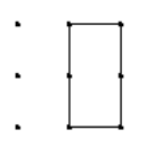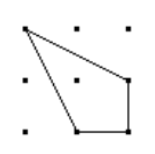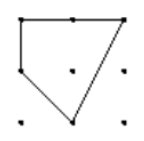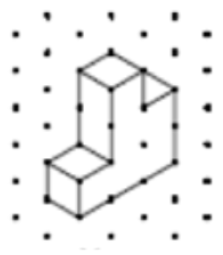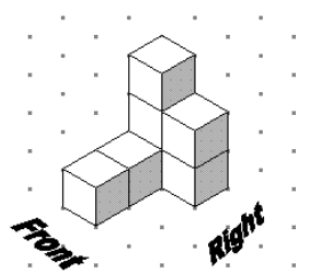6.3: Area, Surface Area and Volume
- Page ID
- 51014
Definition: Area
The extent or measurement of a surface or piece of land. (2 dimensional)

Definition: Surface Area
The area of such an outer part or uppermost layer. (3 dimensional)

Definition: Volume
The amount of space that a substance or object occupies, or that is enclosed within a container, especially when great. (3 dimensional)

Partner Activity 1
- Why is area “squared”? i.e. \(15 \text { cm}^{2}\)
- Why is volume “cubed”? i.e. \(40 \text { liters}^{3}\)
Partner Activity 2
Think inside the box and approximate the Shaded Area: (area of a square is base times height)

Partner Activity 3
Think around the box (surface area) and approximate the Shaded Area: (How many sides are not seen in the picture, which must be included in the final answer?)

Partner Activity 4
Think inside the box (volume) and approximate the Shaded Area: Volume is base time’s height times width.

Practice Problems
- Explain the difference between area, surface area, and volume.
- Estimate the area of the following shapes:
- Find the Surface Area of the following shapes:
- Find the Volume of the following shapes:



